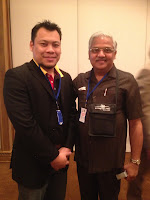Acupuncture originated in China many centuries ago and soon spread to Japan, the Korean peninsula and elsewhere in Asia. Acupuncture is widely used in health care systems in the countries of this region; it is officially recognized by governments and well received by the general public.
Although acupuncture was introduced to Europe as long ago as the early seventeenth century, scepticism about its effectiveness continues to exist in countries where modern Western medicine is the foundation of health care, especially in those where acupuncture has not yet been widely practised. People question whether acupuncture has a true therapeutic effect, or whether it works merely through the placebo effect, the power of suggestion, or the enthusiasm with which patients wish for a cure. There is therefore a need for scientific studies that evaluate the effectiveness of acupuncture under controlled clinical conditions.
This publication reviews selected studies on controlled clinical trials. Some of these studies have provided incontrovertible scientific evidence that acupuncture is more successful than placebo treatments in certain conditions. For example, the proportion of chronic pain relieved by acupuncture is generally in the range 55-85%, which compares favourably with that of potent drugs (morphine helps in 70% of cases) and far outweighs the placebo effect (30-35%) (1-3). In addition, the mechanisms of acupuncture analgesia have been studied extensively since the late 1970s, revealing the role of neural and humoral factors.




















